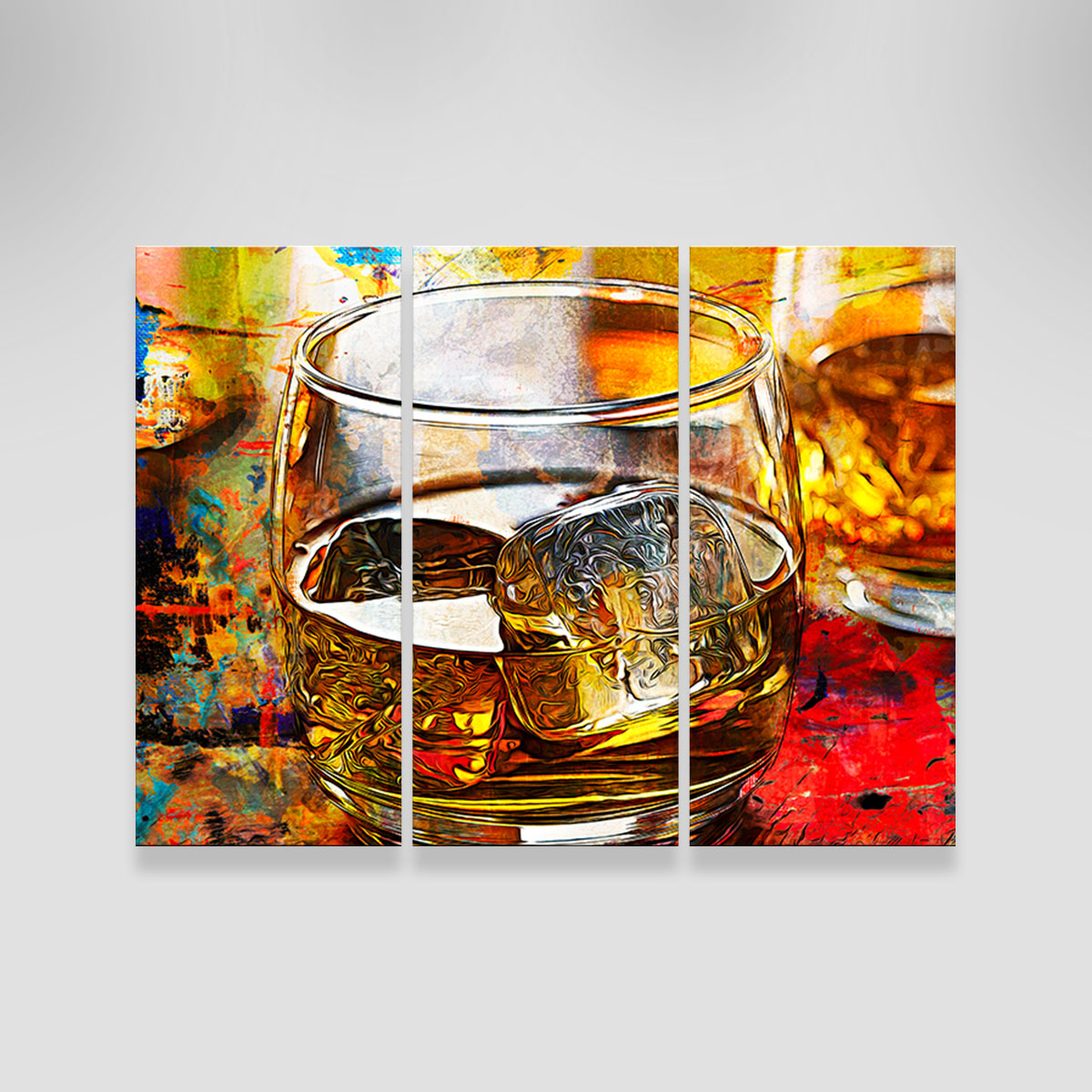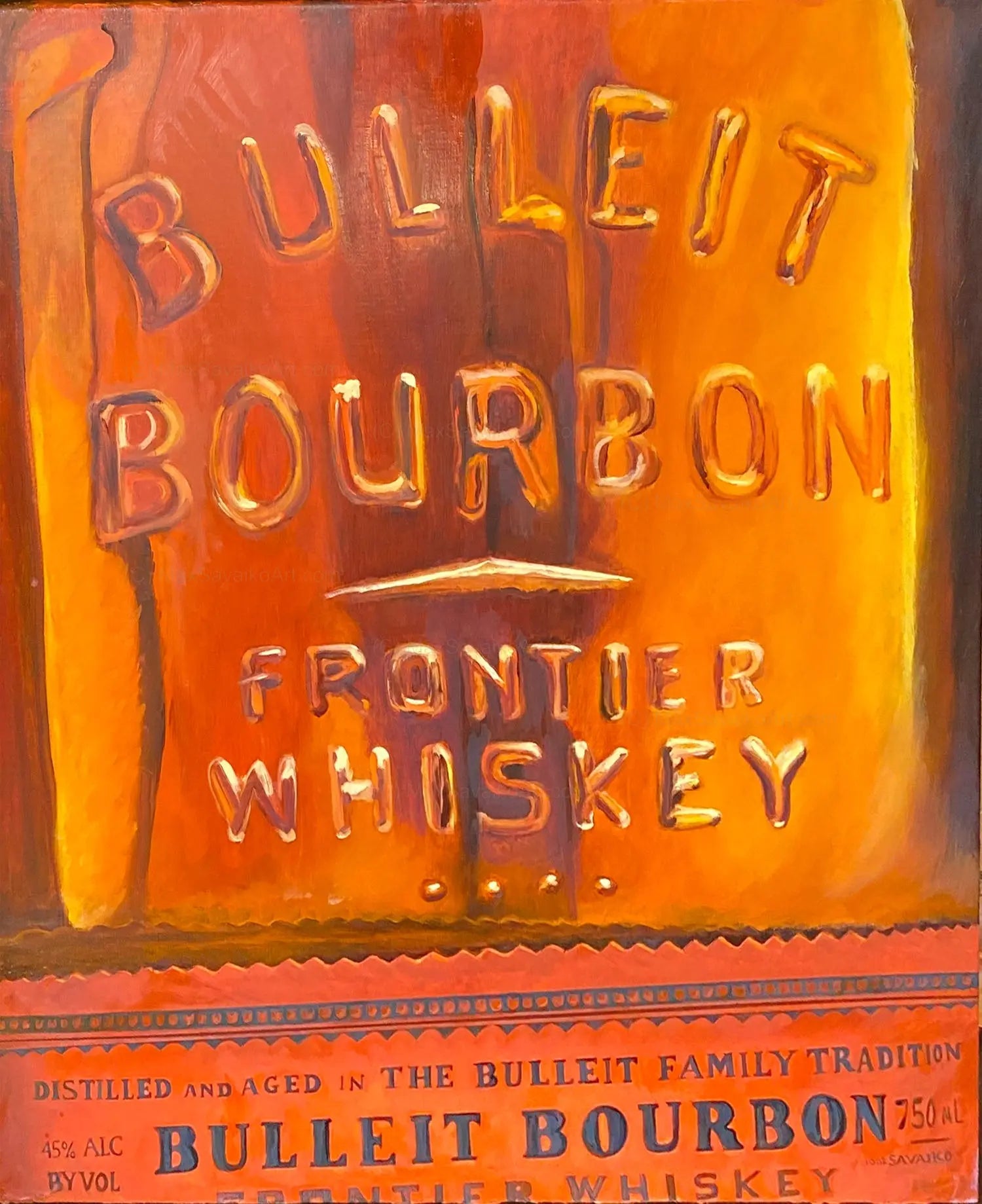Realism Art in the Whiskey Market: Depicting Moments of Purification
Realism Art in the Whiskey Market: Depicting Moments of Purification
Blog Article
The Relevance of Whiskey Art in Celebrating Heritage and Workmanship in the Beverage Sector
The complex connection in between bourbon art and the party of heritage and craftsmanship within the beverage market can not be overstated. With attentively developed labels and bottles, bourbon brands envelop their historical origins and the artisanal abilities that define their manufacturing approaches.
The Historical Origins of Whiskey
At the heart of bourbon's appeal lies an abundant tapestry of historic roots that map back to ancient human beings. The origins of whiskey can be linked to the distillation practices of the Sumerians and Babylonians around 2000 BCE, where early kinds of fermented grain drinks began to arise. It was in the Center Ages that the art of distillation evolved substantially, especially in Ireland and Scotland, leading to the production of scotch as we know it today.
The term "whiskey" itself stems from the Gaelic word "uisce beatha," meaning "water of life." This expression emphasizes the cultural significance of bourbon in Celtic societies, where it was frequently connected with routines, parties, and public bonding. By the 15th century, purification became a recognized craft within monastic areas, leading the means for the establishment of lawful distilleries.
As trade courses broadened, bourbon's popularity expanded, transcending regional borders and capturing the rate of interest of lovers worldwide. Bourbon Art. This historical trip mirrors not just the craftsmanship behind whiskey manufacturing however likewise its important role in social and cultural contexts, noting it as a considerable beverage throughout background
Artistic Expression in Branding
Whiskey branding stands as an engaging crossway of artistry and commerce, where aesthetic identification plays a crucial duty fit customer understanding. The aesthetic appeals of bourbon tags, packaging, and marketing materials mirror not only the brand's tale however likewise its core worths and heritage. Through creative expression, distilleries communicate a narrative that reverberates with consumers, stimulating feelings and sparking links.
The use of shade, typography, and images in branding serves to distinguish products in a saturated market. For example, conventional concepts may evoke a feeling of authenticity and workmanship, while modern-day designs can represent innovation and forward-thinking. This critical artistic instructions enhances brand name acknowledgment and loyalty, enabling customers to create a personal relationship with the scotch they pick.
Moreover, creative expression in branding often functions as an event of local heritage. Distilleries often incorporate local icons or historical recommendations into their styles, creating a local color that invites customers to partake in a wider social experience. Inevitably, the artistry behind scotch branding not just enhances aesthetic charm yet also enriches the general story of the brand name, cultivating a deeper gratitude for the craftsmanship and heritage embedded in each bottle.
Craftsmanship in Container Layout
The virtuosity evident in whiskey branding extends beyond visual identity to include the workmanship associated with container layout. Each container offers as a vessel not just for the spirit within, but also for the story it tells about its practice, beginning, and top quality. The layout procedure calls for careful interest to information, as aspects such as material, closure, and form add dramatically to the total understanding of the scotch.
Craftsmanship in container layout entails selecting premium glass that can improve the whiskey's shade and clarity, while additionally supplying a tactile experience for the consumer. The have a peek here shape of the bottle need to be both cosmetically appealing and practical, usually mirroring the heritage of the brand name. Lots of distilleries select one-of-a-kind shapes or embossed logo designs that stimulate a feeling of authenticity and background.
Moreover, the label style and typography play a vital function in connecting the brand's narrative. Realism Art. A well-crafted bottle not just captivates the consumer's eye yet likewise strengthens the brand name's commitment to quality and practice. In this way, the craftsmanship of bottle style ends up being a crucial facet of the scotch experience, combining virtuosity with an extensive respect for heritage
Social Importance of Scotch Art
Commemorating tradition and craftsmanship, the social importance of scotch art goes beyond mere aesthetics, linking with the social and historic stories of the regions from which it comes from. Each bottle works as a canvas, showing the distinct tales, mythology, and practices that have actually formed neighborhood whiskey-making methods. The detailed styles commonly reflect the heritage of the distillers, incorporating symbols and concepts that reverberate with the society and values of their areas.

In addition, scotch art plays a crucial role in public events and celebrations, acting as a tangible web link between people and their shared experiences. By appreciating the virtuosity in whiskey packaging, customers cultivate a deeper understanding and regard for the craft, inevitably improving their enjoyment of the beverage itself.
Modern Trends in Whiskey Presentation
Recently, the presentation of whiskey has developed to show contemporary preferences and fads while still recognizing traditional craftsmanship - Realism Art. Distilleries are progressively concentrating on visual elements that enhance the general drinking experience, linking the webpage gap in between heritage and modernity
Cutting-edge bottle layouts have emerged, often including sustainable products and creative labels that inform engaging stories. Many brands currently work together with neighborhood musicians, instilling their items with unique visual expressions that reverberate with consumers. Furthermore, limited-edition launches are commonly packaged in collectible containers, including worth and allure for aficionados.

Final Thought
In conclusion, bourbon art works as an important avenue for sharing the heritage and craftsmanship fundamental in the drink market. With complex branding, innovative container designs, and culturally considerable artistic aspects, whiskey brands properly recognize their traditions and connect with consumers. This creative story not just elevates the recognition of bourbon however likewise enhances area identification and satisfaction among manufacturers. Inevitably, scotch art plays an important role in preserving and commemorating the rich social tapestry of whiskey-making.


Workmanship in container style entails selecting top quality glass view that can boost the whiskey's color and clarity, while likewise supplying a tactile experience for the consumer. In this way, the craftsmanship of container style becomes an important aspect of the bourbon experience, merging virtuosity with an extensive regard for heritage.
In final thought, scotch art serves as an important channel for expressing the heritage and craftsmanship integral in the beverage sector.
Report this page